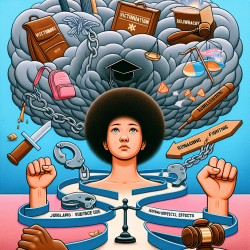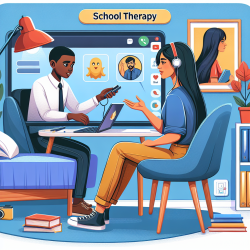Understanding the Connection Between Victimization and Delinquency in Girls
Recent research published in the International Journal of Environmental Research and Public Health has shed light on the complex relationship between victimization and delinquency in girls. The study, titled Examining the Impact of Victimization on Girls’ Delinquency: A Study of Direct and Indirect Effects, explores how different forms of victimization influence behaviors such as substance use, fighting, running away, and sex work among girls in juvenile justice facilities.
Key Findings from the Study
The research highlights several critical insights:
- Direct Victimization: This form of victimization, which includes physical and sexual abuse, is a more potent predictor of delinquent behaviors like running away and engaging in sex work.
- Indirect Victimization: While witnessing violence or knowing someone who has been victimized can lead to substance use, its impact on other delinquent behaviors is less pronounced compared to direct victimization.
- Poly-victimization: Experiencing multiple forms of victimization exacerbates the likelihood of delinquency, underscoring the need for comprehensive intervention strategies.
Implications for Practitioners
For practitioners working with at-risk youth, these findings emphasize the importance of a nuanced understanding of victimization's impact. Here are some strategies to consider:
- Comprehensive Assessment: Conduct thorough assessments to identify both direct and indirect victimization experiences. This can help tailor interventions to address specific needs.
- Targeted Interventions: Develop programs that specifically address the consequences of direct victimization, particularly for behaviors like running away and sex work.
- Preventive Measures: Implement preventive programs in schools that focus on building resilience and coping strategies to mitigate the effects of victimization.
Encouraging Further Research
While this study provides valuable insights, it also highlights areas for further research. Future studies could explore:
- The role of protective factors that can buffer the impact of victimization.
- Longitudinal studies to track the long-term effects of victimization on delinquency.
- Comparative studies involving boys and non-delinquent girls to understand gender-specific pathways to delinquency.
By advancing our understanding of these dynamics, we can better support affected youth and create more effective intervention strategies.
To read the original research paper, please follow this link: Examining the Impact of Victimization on Girls’ Delinquency: A Study of Direct and Indirect Effects.










